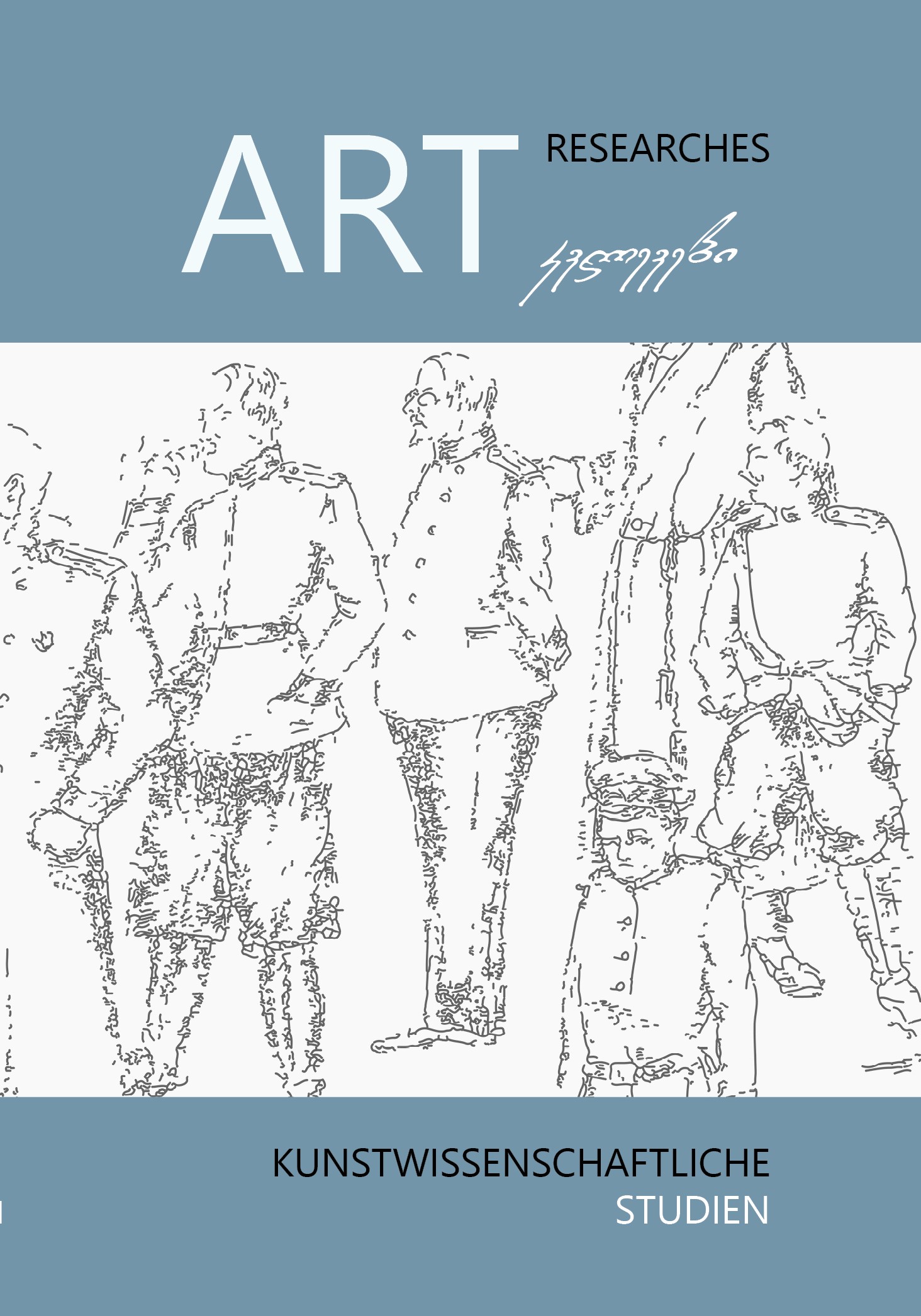Some Questions of the Philosophical Assessment of Art
Main Article Content
Abstract
The aim of this article is to present in general terms the views or opinions about art that have already emerged and exist at different times and in different places.
The journey into the world of art is primarily associated with beauty and incomparability. The works of art are characterised by the constant quality that makes them unique and special. Art that is adjusted or adapted to life metaphorically creates something aesthetically important and unforgettable for us.
The assessment of the art phenomenon has always been at the centre of quite a few discussions. The conversations on this subject are inexhaustible....
What is art? Art is a special form of consciousness, both mental and creative action, whose specific characteristic is the representation of reality in artistic forms. The human sensation of the manifold world, this emotional relationship to the world is expressed in art through the form of artistic figures. And these artistic figures are in their essence carriers of spiritual activity and striving, as well as carriers of information. Just as in scientific observation and investigation, art is one of the means of perceiving the world, of expressing the distinctly pictorial, symbolic structure of human creative activity in its aesthetic, epistemic and communicative predetermination. Art is a particular form of how man perceives the world (spatial and digital) - as a unified "image" interpreted conditional wholeness.
The aesthetic, moral and spiritual effect of art and all its genres on the sense, will and sensibility of the spectators or listeners has always been the point of contention of the creators of art (and not only theirs) since ancient times. The great thinkers saw in art enormous possibilities for knowledge: Leo Tolstoy, in defining the social and aesthetic essence of art, in contrast to other Russian and European art scholars, insisted that in defining art precisely, one should first and foremost consider its essence not as an object of pleasure, but as one of the conditions of human life. This view of the great writer is completely in line with the view that is widespread in domestic and foreign respected humanities circles, which says that man's approach with culture and art is the necessary condition of the perfect human personality.
This thought was most aptly expressed by Theodor Dostoevsky: beauty saves the world.... Man finds beauty and takes it in without a second thought.... Perhaps the greatest secret of creative art lies precisely in the fact that the image of beauty formed by man becomes an unflinching idol ... The need for beauty and creators who depict it are inseparable from man and without it man's existence could become meaningless.
The importance of art for the inner world of the personality, its beneficial effect especially on the moral and aesthetic side of man, is enormous, since the enjoyment of beauty, from the very beginning, is the prerequisite of the soul and spiritual perfection of man. The development of aesthetic feeling becomes an everyday need for the personality, for which art and the cognitive process of the work of art become part of the everyday. This is the process that enriches and ennobles the inner world of the human being. The specificity of art is to create a close connection between different types of activity, between the material and the spiritual, between religion and science. At different stages of cultural history, the dominance of artistic genres changes, which is expressed in the generalised, artistic depiction of reality, as well as in their means of creation. Each epoch is characterised by its own interpretation of the art phenomenon, which is conditioned by the place and role of the artist in society. It is also important how one or another genre of art maintains its specific position in the elaboration of the world view. In people's consciousness, the conception of art depends on the changes in cultural forms and the interaction of these changes. Historically, art came into being when, after the satisfaction of utilitarian interests, the desire for creative activity arose in conscious man. Art is the means of understanding aesthetic reality.
Art, as the most important model of intellectual culture, is closely connected with philosophy. Art operates with the concepts and forms created by artists. Philosophy operates with concepts and makes use of logic, which includes both rational and irrational thinking. The object of interest of art is the phenomena of nature and society. The purpose of art is to generalise these phenomena artistically. The domain of philosophy extends to the whole of reality, which includes the reality created by art.
